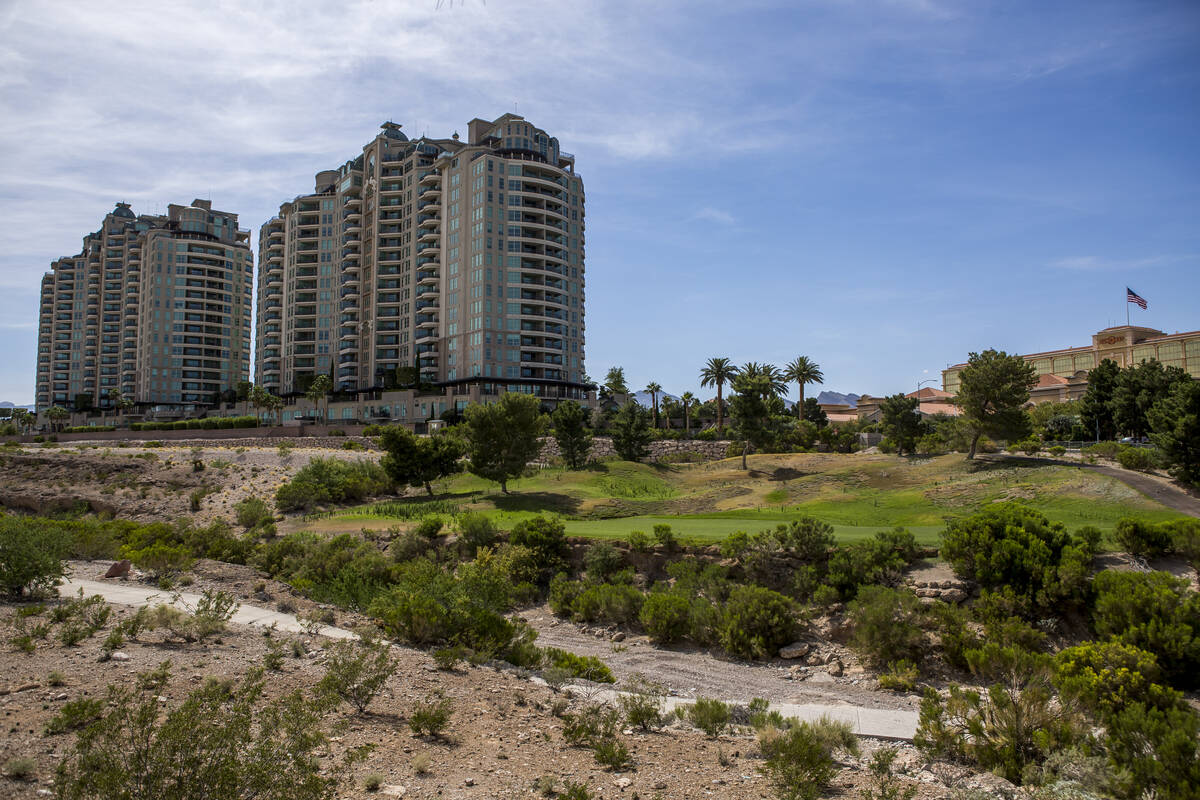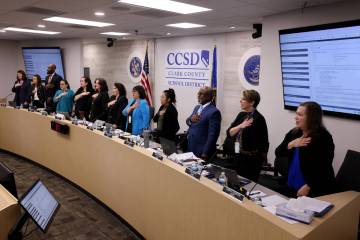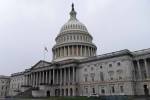EDITORIAL: Badlands money pit just got deeper
The dilapidated Badlands golf course is more than just an unkempt expanse of scruffy land winding its way through the exclusive Queensridge development. It’s also a massive money pit for the city of Las Vegas.
On Tuesday, a District Court judge added to the city’s misery by siding with a developer in a long-running dispute involving the property. It was an unsurprising decision in the face of the city’s hubris and exposes city taxpayers to millions in liability. It’s also a cautionary tale for elected officials and bureaucrats who believe that zoning codes give them virtually unlimited powers to dictate how private land owners use their property.
The case at hand involved EHB Cos., a development outfit that bought the 35-acre parcel south of Alta between Hualapai and Rampart in 2015 with an eye on building residential homes on the golf course, which had gone belly-up two years earlier. The plan angered several homeowners in the surrounding Queensridge community who felt it would devalue their residences. City officials initially OK’d the project, but well-heeled homeowners living nearby fought the approval and won in District Court. The Nevada Supreme Court last year overturned that decision.
But in 2017, a newly constituted City Council rescinded the initial go-ahead and began erecting barriers to the EHB development, triggering more lawsuits. The council even passed a narrowly tailored ordinance essentially outlawing residential development on old golf courses. City taxpayers have paid the price, shelling out more than $4 million for litigation.
In fact, the land was zoned for residential development from the get-go and the city had little legal basis to deny EHB’s plans. Former City Councilman Bob Beers, who represented the area in question, likely lost his seat in 2017 for defending the developers. He warned time and again that city officials were putting taxpayers at risk by ignoring their obligations.
“After an exhaustive review of historical records and the law,” Mr. Beers wrote in a 2019 Review-Journal op-ed on the property, “both the city attorney and the Planning Department agreed that the land was still zoned residential from the last action the City Council took. Yes, it was 20 years ago and all of the council members at that time are no longer serving. But zoning, once granted, doesn’t change.”
Had the city listened to Mr. Beers, it wouldn’t be in this mess. Instead, attorneys representing the city were reduced to arguing that EHB’s lawsuit seeking compensation for the city’s obstructionism was an attempt to “extort hundreds of millions of dollars from taxpayers.”
The courts weren’t buying that malarkey. On Tuesday, District Judge Timothy Williams held that EHB had a legitimate Fifth Amendment claim against the city for its overzealous attempt to restrict development on the Badlands property. “I think under the vast facts and circumstances,” the judge said, “It’s pretty clear that we had a taking.”
The next step in the saga could be a hearing to determine how big a hit city taxpayers will take thanks to their misguided representatives. The city may have an appeal in mind, but that would be a colossal waste. At this point, the City Council needs to minimize the damage and do what it should have done years ago: See what EHB will accept to make this whole fiasco go away.
And in the future, when city officials may be tempted to flex their regulatory muscle against an unpopular property owner, perhaps they’ll remember the high costs of arbitrarily and capriciously denying owners the economic use of their property.




























